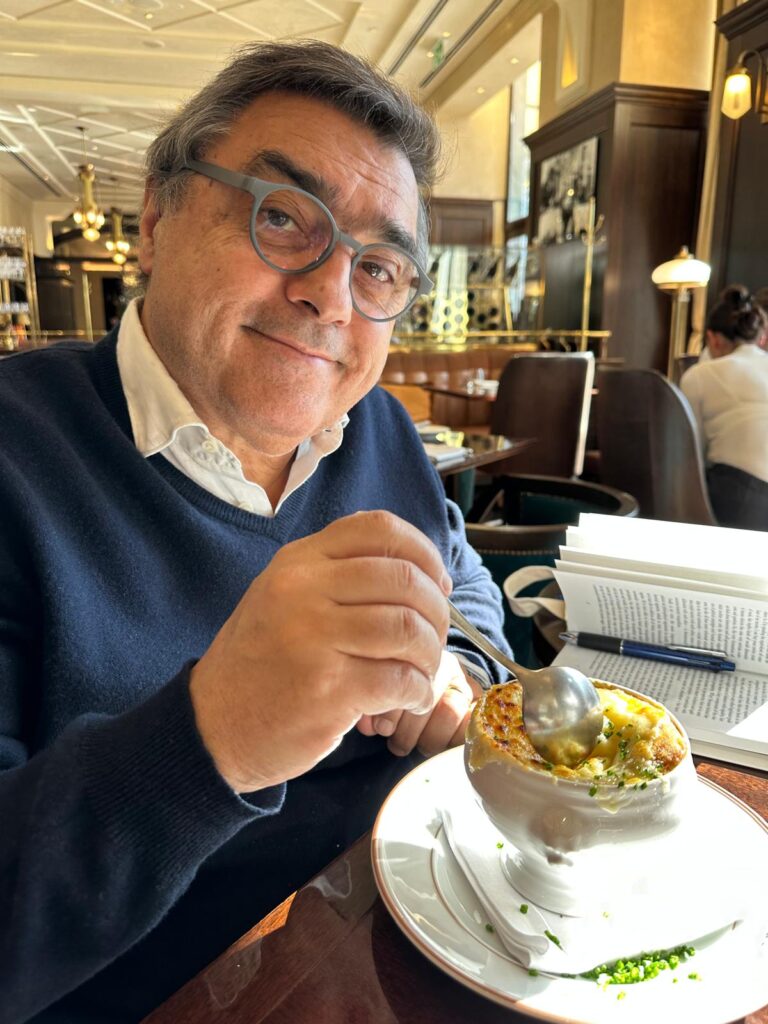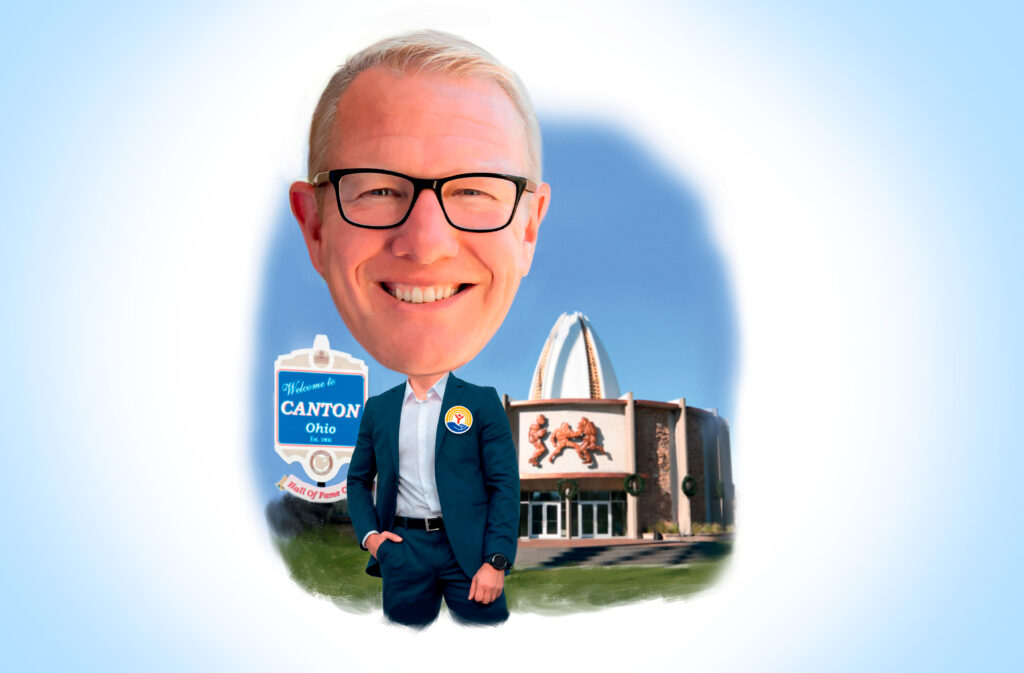
High Level of Energy

And then there’s his cattle.
Each spring and fall, Bob Hixon and his wife Sarita work the cattle alongside the cowboys at her 150-year-old family ranch in South Texas. They vaccinate and wean the calves and then check the cows to see which ones to keep or send to slaughter.
The day starts at dawn and ends at dusk. While it’s not the NFL, it is, as Hixon puts it, “hard and dangerous work.” You can’t expect cows to be gentle when they’re going to be turned into hamburger. And the 63-year-old Hixon has been knocked down several times by wild cattle trying to break free of the pens.
“When I tell people that I enjoy working cattle, they look at me as though I am crazy,” he says. “You have to be a little crazy to be in the cattle business because you darn sure are never going to make any money at it.”
Fortunately for Hixon, he doesn’t have to make his living as a cowboy. He’s got a more reliable day job, as chairman of Wortham, the largest independent insurance brokerage in Texas. But doing things the Texas way—even if it means from time to time being butted to the ground—is what defines him. Oil, honor and independence run in his veins.
The Accidental Broker
Hixon, however, is not a native Texan. Born in Oklahoma City, he grew up in Houston. He graduated with a degree in history from Williams College in Massachusetts and later earned an M.B.A from the University of Houston.
His career in brokerage came about by accident. Hixon had returned to Houston to look for a job when he met a friend and former classmate who worked at Wortham.
“I encouraged him to come here,” recalls Peter Pincoffs, today a Wortham partner. “I thought he’d be a good fit. He’s smart, level-headed and has a good work ethic.” Wortham was impressed as well, and in July 1973 Hixon went to work in the company’s marine division. Wortham’s roots in the Lone Star State date back nearly 100 years. John L. Wortham & Son was founded in 1915 as a partnership between Gus Wortham and his father. Since then, only four people have been at the helm of the company, which remains a privately held insurance agency and brokerage firm and still has its offices in Houston.
Gus Wortham began his career in the Texas Department of Insurance. Shortly after starting the insurance agency with his father, he enticed a number of his fellow acquaintances at the insurance department to become partners. In 1926, while operating a well established insurance agency, Gus Wortham raised money from friends and founded the American General Insurance Co.
For 39 years, both shops ran side by side. American General grew over time to become a notable fire, life, auto and casualty company. In 1965, when American General acquired the fifth-largest casualty company in America, the two units split, and Gus, along with some partners, left Wortham for American General.
John L. Wortham & Son was now a totally independent insurance agency and brokerage, and the remaining partners, led by Allen “Buddy” Carruth, became brokers. American General went on to become one of the largest life insurers in the United States, ultimately bought by AIG in 2001. Carruth passed the reins to Fred Burns in 1985, and Burns turned them over to Hixon in 2006.
A Dominant Force
Wortham was already a dominant force in Houston when Hixon came on board. But it wasn’t well known outside the Bayou City until 1999, when the firm’s partners decided to make it a dominant organization in Texas as well.
The brokerage branched out across the state, merging with Consolidated Insurance Agency of Austin in 1999. Pincoffs had moved from Wortham to manage Consolidated Insurance, so the merger brought Hixon’s old friend back into the fold, where he’s now a vice chairman. It also gave Wortham a toehold in the bubbling middle-market arena of tech companies that were growing up around the University of Texas, in Austin, and in other parts of the state. In rapid succession, Wortham made six other acquisitions, giving the company additional offices in Dallas, Fort Worth and San Antonio.
The company also expanded in other ways. When Hixon came aboard, Wortham had 23 partners and 83 employees. Today there are 116 managing directors and 382 employees, making it one of the largest privately held brokerages in the country. “Ninety percent of our business is in Texas,” says Hixon. “And 50% relates to energy in some form.”
That dichotomy represents the two sides of the brokerage. For, while Wortham expanded inland, it also kept an eye on the gulf, where hundreds of oil rigs perch precariously in troubled waters, prey to hurricanes, earthquakes and—more recently—blowouts that send oil slicks onto the beaches.
The Texas-bred brokerage is anything but parochial. Wortham has clients such as Houston-based KBR, an $11 billion engineering and construction company with 35,000 employees in 45 countries on five continents—which is how Hixon came to know places like Angola, Australia and Algeria. “Oil and gas come from some strange countries,” he says.
Upheaval and Disaster
Wortham and Hixon proved to be a good match. The oil industry has been going through boom and bust cycles ever since Spindletop, and it requires a cool head to handle the pressure. After Hixon took over, he faced a new set of problems: international political upheaval, environmental disasters such as BP’s oil spill, and natural disasters such as Hurricane Ike, which smashed into Wortham’s Houston offices in 2008.
For two weeks, Hixon and his staff worked out of a 60-foot-long trailer and then for two years in the building’s basement, “sitting in a big bullpen five feet away from each other,” while the Houston office was put back together. But Hixon sees the experience as a positive. “People got closer to each other,” he says. It also helped him and the company understand what clients go through when they face their own crises.
“Shortly after our offices were decimated by Hurricane Ike, we had a meeting with one of our clients who was facing a major renewal of his excess liability program in 45 days,” Hixon recalls. “Five or six of us met with his team. We proposed a renewal structure and pricing targets, developed a strategy to execute the plan, and, ultimately, delivered a product on target and below budget. The client was particularly pleased because he and his team participated in all levels of the process and were kept up to date with daily reports.”
BP Blowout
Hixon and Wortham had to innovate in a hurry after BP’s Macondo oil spill and its $20 billion payout. “The insurance market was not prepared for this,” says Steve Williams, risk manager at Nabors Industries, a drilling rig company. “It had never recognized that there could be losses like this.”
What scared even big players like Lloyd’s of London was the unlimited pollution liability and the fact that, with “aggregation of limits,” they could be hit multiple times for the same event from different clients. Insurers became more restrictive on terms, deductibles increased, and premiums were adjusted upwards.
Wortham fought back with an army of experts—technicians skilled in math, historical data and physical analysis—and a two-fold strategy.
First, they helped companies self-insure more predictable losses, such as workers comp and auto liability. For Nabors, which insures $12 billion of assets, Wortham helped set up a captive Bermuda insurer, so it could focus on catastrophic risk.
Second, Wortham used its energy expertise to negotiate with insurers about the statistical data that they were using to boost rates. “We talk to the underwriters and usually meet somewhere in the middle,” says Hixon. “We have become more consultants than brokers.”
The Quarterback
Ultimately, a lot of what happens in the energy market comes down to reputation. “If you have one year of bad losses, you want to make sure you have a good enough relationship with underwriters so you don’t get whipsawed on rates,” Williams says.
And that’s where Hixon, who has known Williams for 30 years and has made several trips to London with him, has an overwhelming advantage.
“I can’t remember a single time when he didn’t come through,” Williams says. “I stay in contact with all the major and minor brokers, and I see them try to sell the flavor of the month. But Wortham works hard to be transparent. It discloses all compensation. These guys are interested in doing a good job for the customer. And that stems from their leadership.”
But Hixon would be the last to say that Wortham is a one-man show. “My management style is to delegate,” he says. “We have a 10-person executive committee and four vice chairmen.” In fact, he’s done a lot to expand the cast, adding new partners and rewarding the technical staff with ownership in the firm.
“He quarterbacks the team, but he doesn’t micromanage,” Pincoffs says. “We place 85% of our business ourselves, but if we need help, we bring him in.”
Separate and Equal
The time will eventually come when this quarterback will decide to hang up his cleats, perhaps to become a full-time rancher. But of one thing Hixon is absolutely certain: Wortham will stay independent.
“All of the past and current partners are dedicated to keeping our firm privately held and allowing future generations to own an interest in the organization through partnership,” he says. “We have worked very hard to create a model that allows for the orderly transfer of ownership from one generation to the next and that perpetuates our firm. I am frequently asked, ‘Why don’t you guys sell the firm? You could certainly make a lot more money selling to a publicly traded broker or going public yourselves.’”
Hixon admits it’s a logical question. “But if we were to sell out to a third party or go public, then those that are in the middle of their careers or just starting out in the business would not have the opportunity that I had, because of those that preceded me, to receive the financial and personal benefits of their work and efforts in partnership with others. Since all the owners and future owners are paid off the bottom line in accordance with their ownership in the firm, we all stand ready to help and assist each other. No one ever talks about ‘my client.’ It is always about ‘our client.’”
Texas is the only state that was an independent country for nine years before it voluntarily joined the United States. And if you’re a Texan, you’re not allowed to forget it.
Not far from Houston is the San Jacinto Monument, where a guerilla force of Texans whipped a regular Mexican army almost twice its size to win independence. Rising 570 feet, the San Jacinto Monument is 15 feet higher than the Washington Monument and taller than any other memorial of its kind.
Bob Hixon spends a lot of time at that monument, ever since he became chairman of the San Jacinto Museum of History. And as long as that monument to independence stands, there’s a good chance that Wortham will too.
The Hixon File
Family: Hixon and his wife, Sarita, have four sons: Gid, 32; Alex, 31; Tom, 23; and Tobin, 22. (“Our youngest just graduated from Vanderbilt University, so I got a raise.”)
Home: Born in Oklahoma City, but early on moved to Houston
Ride: Chevrolet Suburban
Good Deeds: Board member of the Houston Hospice, Chairman of the San Jacinto Museum of History, appointed by Gov. Rick Perry as a member of the San Jacinto Historical Advisory Board, and Past President of the Alley Theatre
Outside Interests: Bird shooting and golf
Typical Vacation Destination: A ranch in South Texas or Harbour Island in the Bahamas
R&R: Spending time at the ranch
Wortham Legacy Well Known in Houston
The Wortham name runs deep in Texas civic life in large part because of the work of the Wortham Foundation, created in 1958 by Gus Wortham and his wife, Lyndall, a longtime volunteer and community activist in Houston.
Over the ensuing half-century the foundation has helped fund a multitude of projects aimed at bolstering the city’s cultural life, reflecting the Worthams’ passion for the arts. The foundation also contributes disease and scientific research and school-related projects in the sciences. With assets exceeding $50 million, the foundation donates $9 million to $12 million annually.
The foundation helped finance the Wortham IMAX Theatre at the Houston Museum of Natural Science as well as projects benefitting the city’s Museum of Fine Arts, the Houston Symphony Orchestra and the United Fund.
After his wife died in 1980, Gus Wortham established the Lyndall Finely Wortham Theatre on the University of Houston campus. Perhaps the Worthams’ greatest legacy is the Wortham Theater Center, a $66 million performing arts center in downtown Houston for which the foundation contributed $20 million toward the $66 million cost of construction. Opened in 1987, the center today is home to both the Houston Ballet and the Houston Grand Opera.




